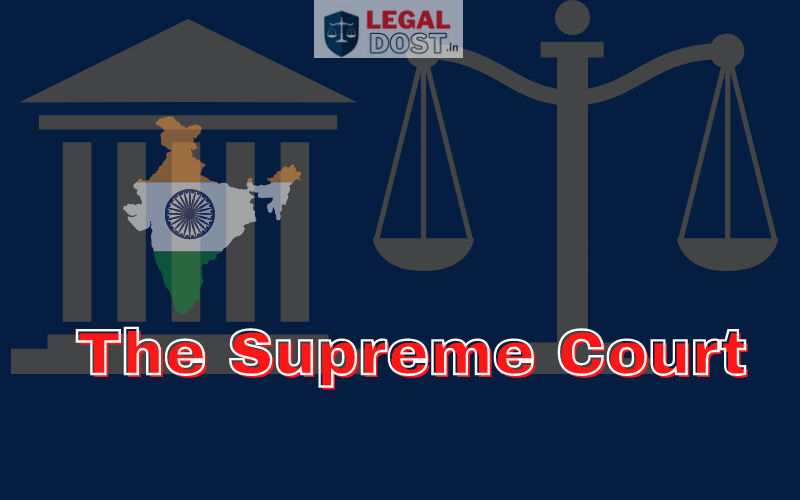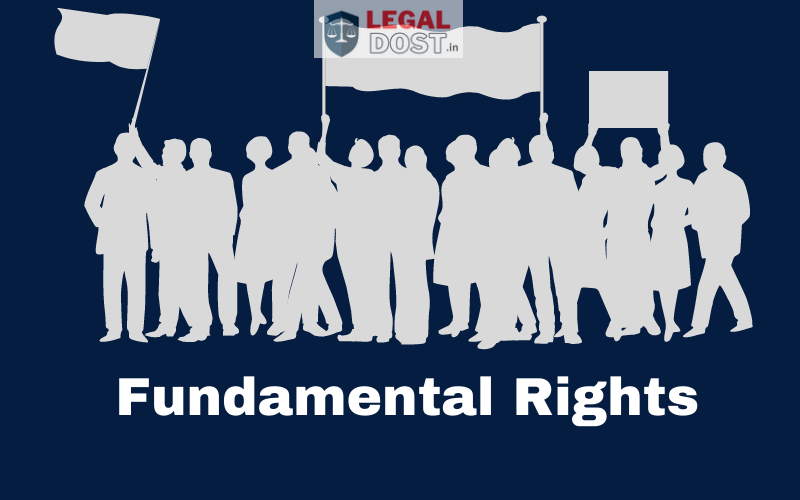Are you interested in learning about the Supreme Court of India? If so, you’re in the right place! The Supreme Court of India is the highest court of appeal in the country and is an integral part of the Indian legal system. It is the final court of appeal and plays a vital role in ensuring that justice is delivered to all citizens of India.
In this blog post, we’ll delve into the powers and functions of the Supreme Court of India. We’ll also explore its history and some of the key cases that have shaped the legal landscape of the country.
The Constitution and the Supreme Court
The Supreme Court of India was established under the Constitution of India, which came into effect on January 26, 1950. The Constitution of India is the supreme law of the land and lays down the framework for the government of India. It also defines the powers and functions of the various branches of government, including the Supreme Court.
According to the Constitution, the Supreme Court has the power to interpret the Constitution and to ensure that all laws passed by the government are in accordance with it. It is also the final court of appeal for all cases involving civil and criminal matters.
Composition of the Supreme Court
The Supreme Court of India consists of the Chief Justice and a maximum of 30 other judges. The Chief Justice is appointed by the President of India, while the other judges are appointed by the President in consultation with the Chief Justice.
All judges of the Supreme Court must be citizens of India and must have served as judges of a high court or as advocates of a high court for at least five years. They must also be of good character and possess the necessary legal knowledge and experience to discharge their duties effectively.
Jurisdiction of the Supreme Court
The Supreme Court has both original and appellate jurisdiction. In cases with original jurisdiction, the Supreme Court has the power to hear cases directly without the need for an appeal. This includes cases involving disputes between states or between the Union and a state, and cases involving the interpretation of the Constitution.
The Supreme Court also has appellate jurisdiction, which means it has the power to hear appeals from lower courts. This includes appeals from high courts, as well as cases involving the enforcement of fundamental rights guaranteed by the Constitution.
Powers of the Supreme Court
In addition to its jurisdiction, the Supreme Court also has a number of powers that enable it to discharge its duties effectively. These powers include:
- The power of judicial review: The Supreme Court has the power to review and declare any law or executive action that is inconsistent with the Constitution as void. This power enables the Supreme Court to protect the fundamental rights of citizens and ensure that the government acts within the bounds of the Constitution.
- The power of contempt: The Supreme Court has the power to punish anyone who obstructs the administration of justice or who shows contempt for the court. This includes anyone who disobeys a court order or who disrespects the court in any way.
- The power to transfer cases: The Supreme Court has the power to transfer cases from one court to another, including from high courts to the Supreme Court itself. This power enables the Supreme Court to ensure that cases are heard by the most appropriate court and to prevent delays in the administration of justice.
Key Cases in the History of the Supreme Court
The Supreme Court has heard many important cases throughout its history, some of which have had a significant impact on the legal landscape of India. Here are a few examples:
- Kesavananda Bharati v. State of Kerala (1973): This case concerned the power of the government to amend the Constitution. The Supreme Court ruled that while the government has the power to amend the
Constitution, it cannot alter the “basic structure” of the Constitution. This means that there are certain fundamental principles of the Constitution that cannot be amended, even by a constitutional amendment.
- Maneka Gandhi v. Union of India (1978): This case involved the right to personal liberty, which is guaranteed by the Constitution. The Supreme Court ruled that the government must follow due process when depriving a person of their personal liberty, and that the person has a right to be informed of the grounds for their detention.
- Vishaka v. State of Rajasthan (1997): This case concerned the issue of sexual harassment at the workplace. The Supreme Court laid down guidelines for the prevention of sexual harassment and for the redressal of complaints of sexual harassment. These guidelines have since been codified into law through the Sexual Harassment of Women at Workplace (Prevention, Prohibition, and Redressal) Act, 2013.
- National Legal Services Authority v. Union of India (2014): This case concerned the rights of transgender people in India. The Supreme Court recognized the rights of transgender people and directed the government to take steps to protect and promote the rights of transgender people.
These are just a few examples of the many important cases that have been heard by the Supreme Court of India. The decisions of the Supreme Court have had a significant impact on the legal landscape of the country and have helped to shape the development of the Indian legal system.
In conclusion, the Supreme Court of India is an important institution that plays a vital role in the administration of justice in the country. Its powers and functions are laid down in the Constitution, and it has the authority to interpret the Constitution and ensure that all laws are in accordance with it. The Supreme Court has heard many important cases throughout its history, and its decisions have had a significant impact on the legal landscape of India.
Bibhu Mishra is a prolific writer who has published many books spanning various genres. He is a legal enthusiast and an avid researcher of cutting-edge technology, diving into fascinating realms to bring captivating narratives to life.



